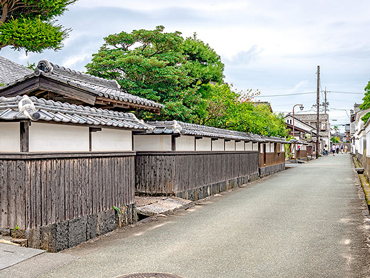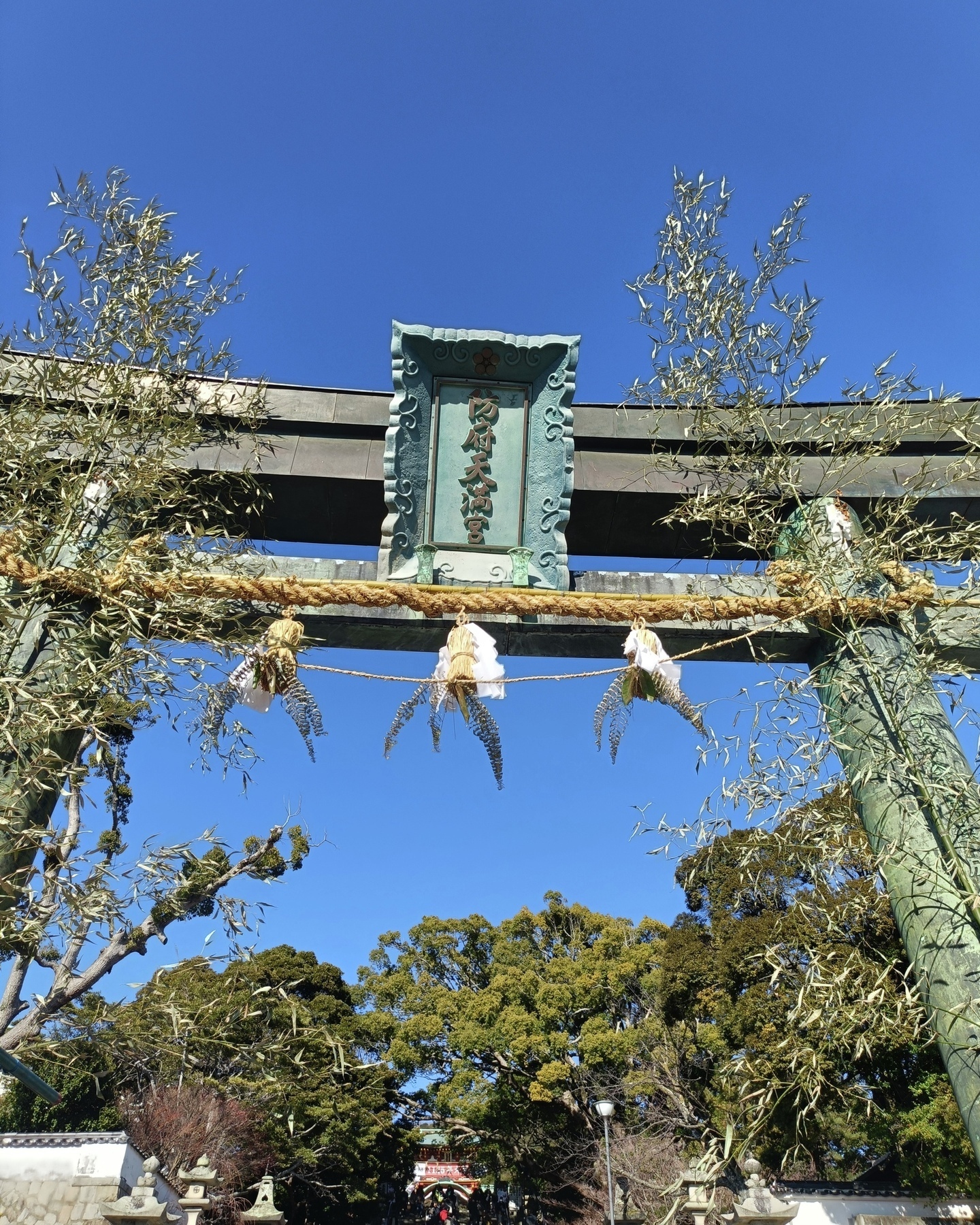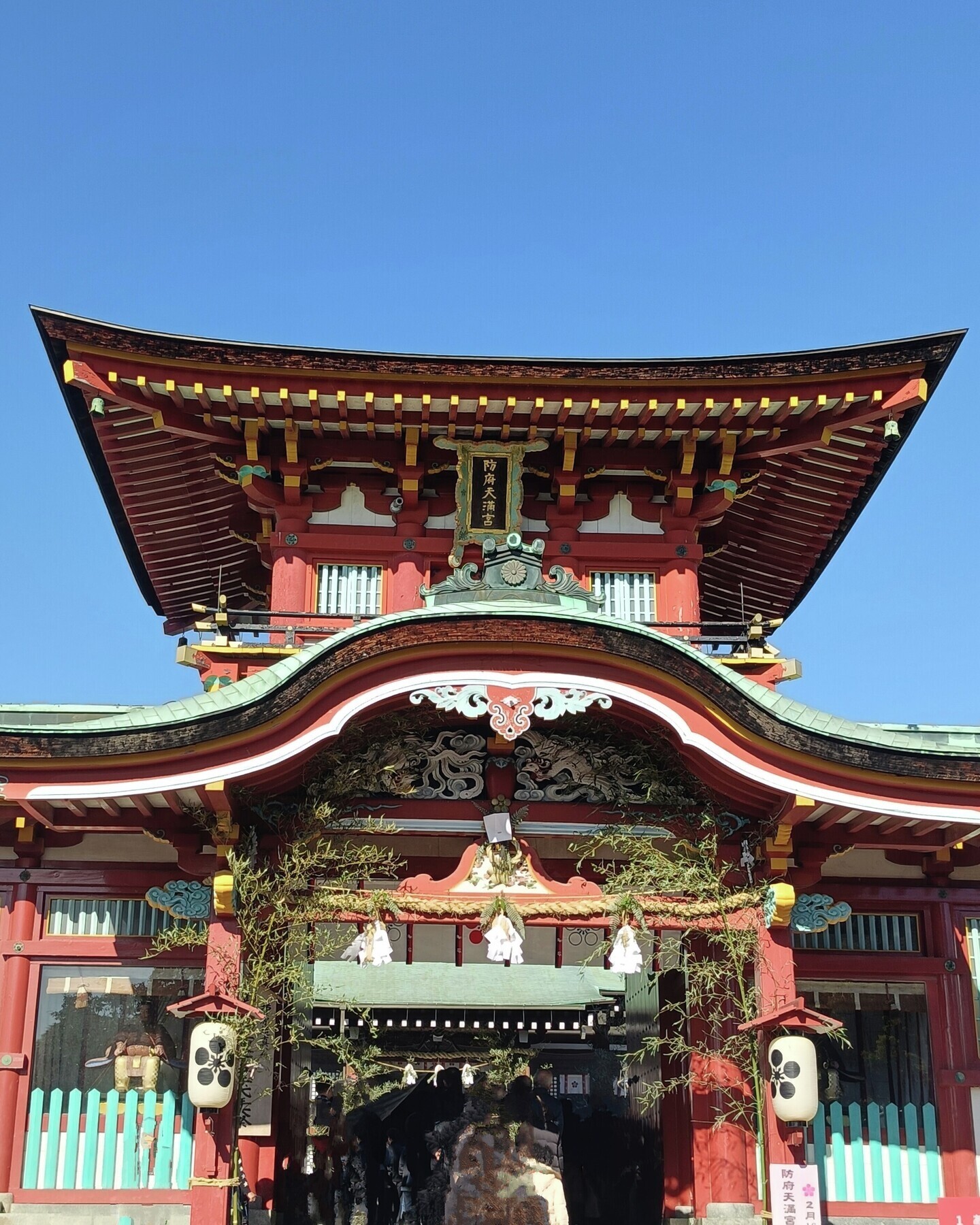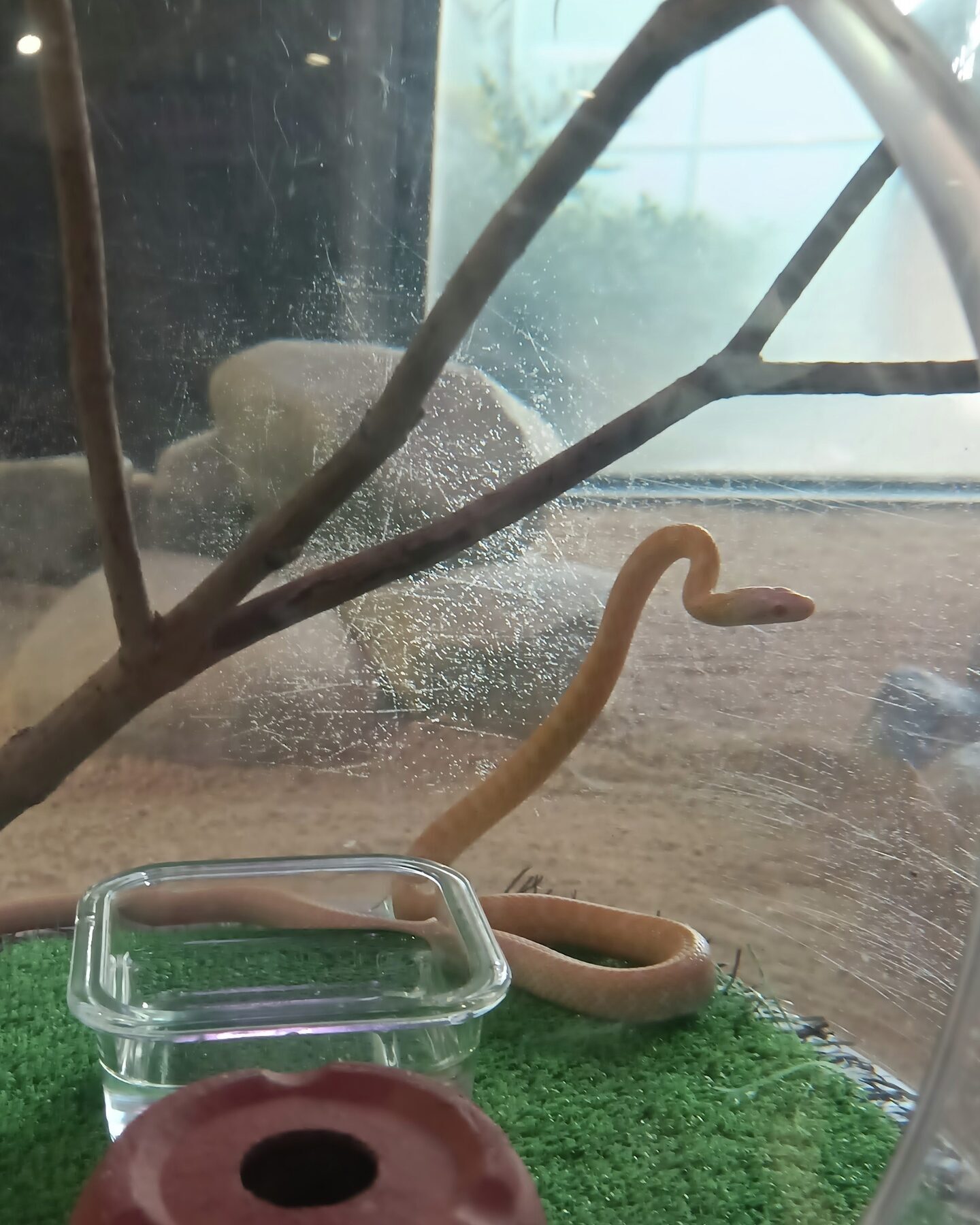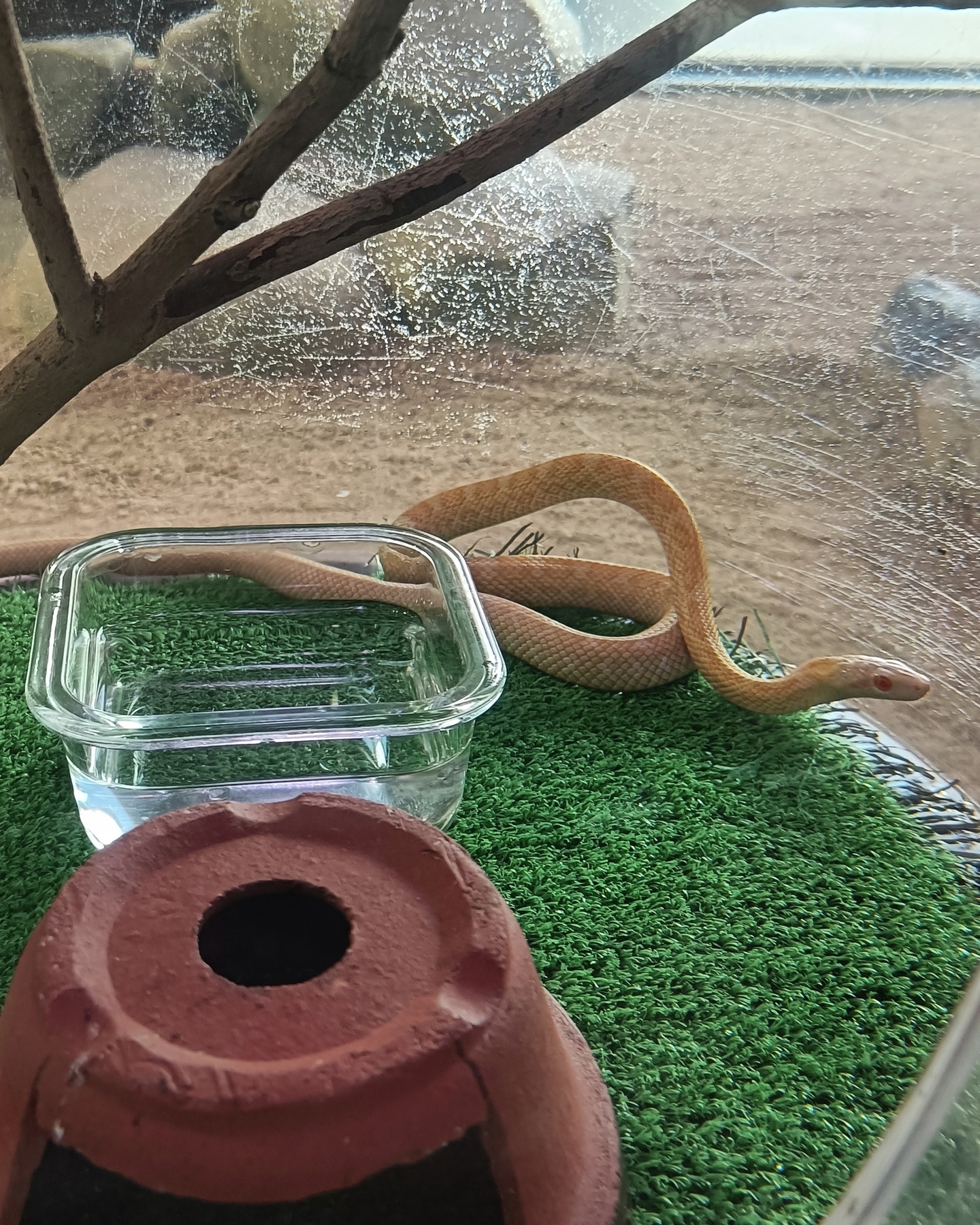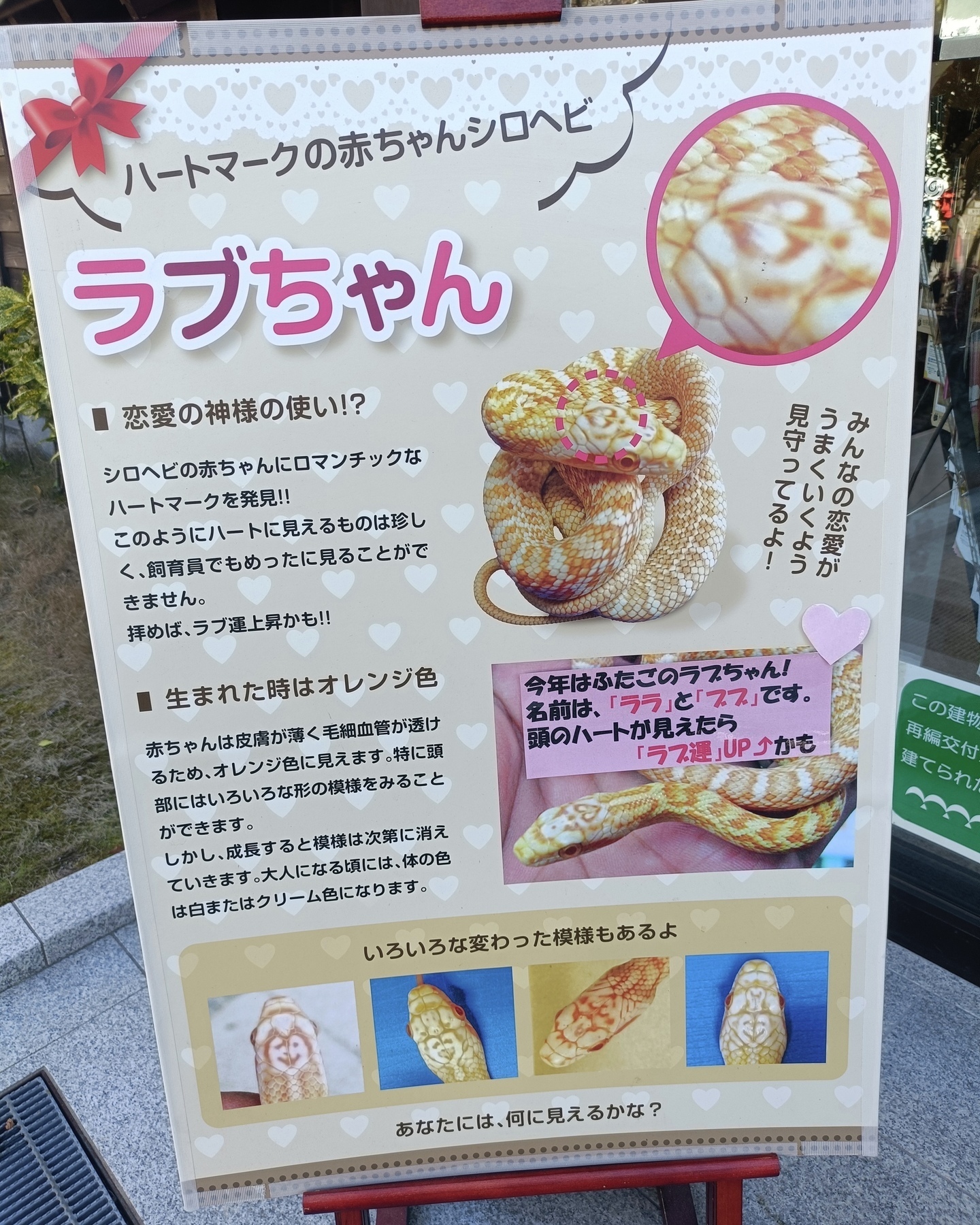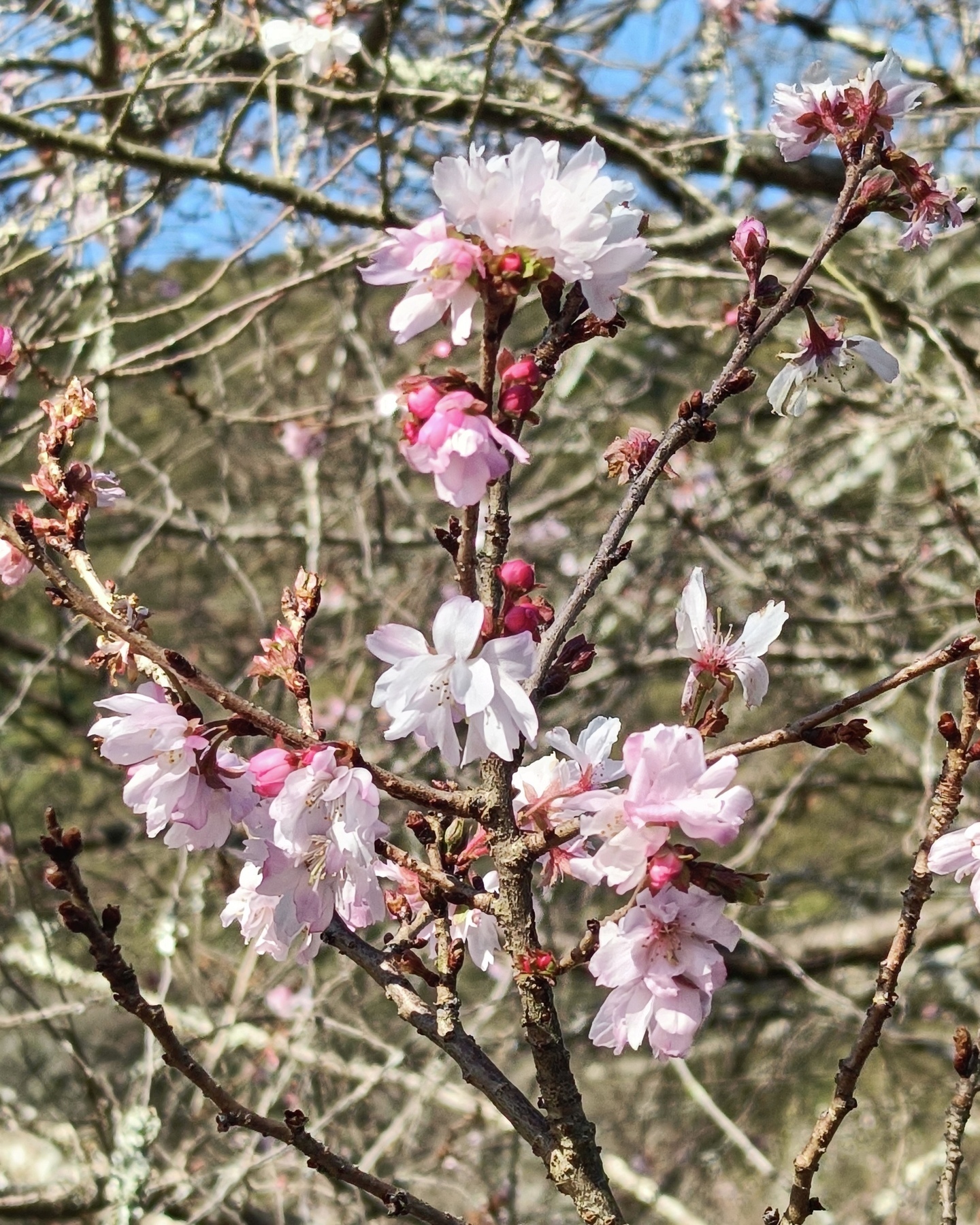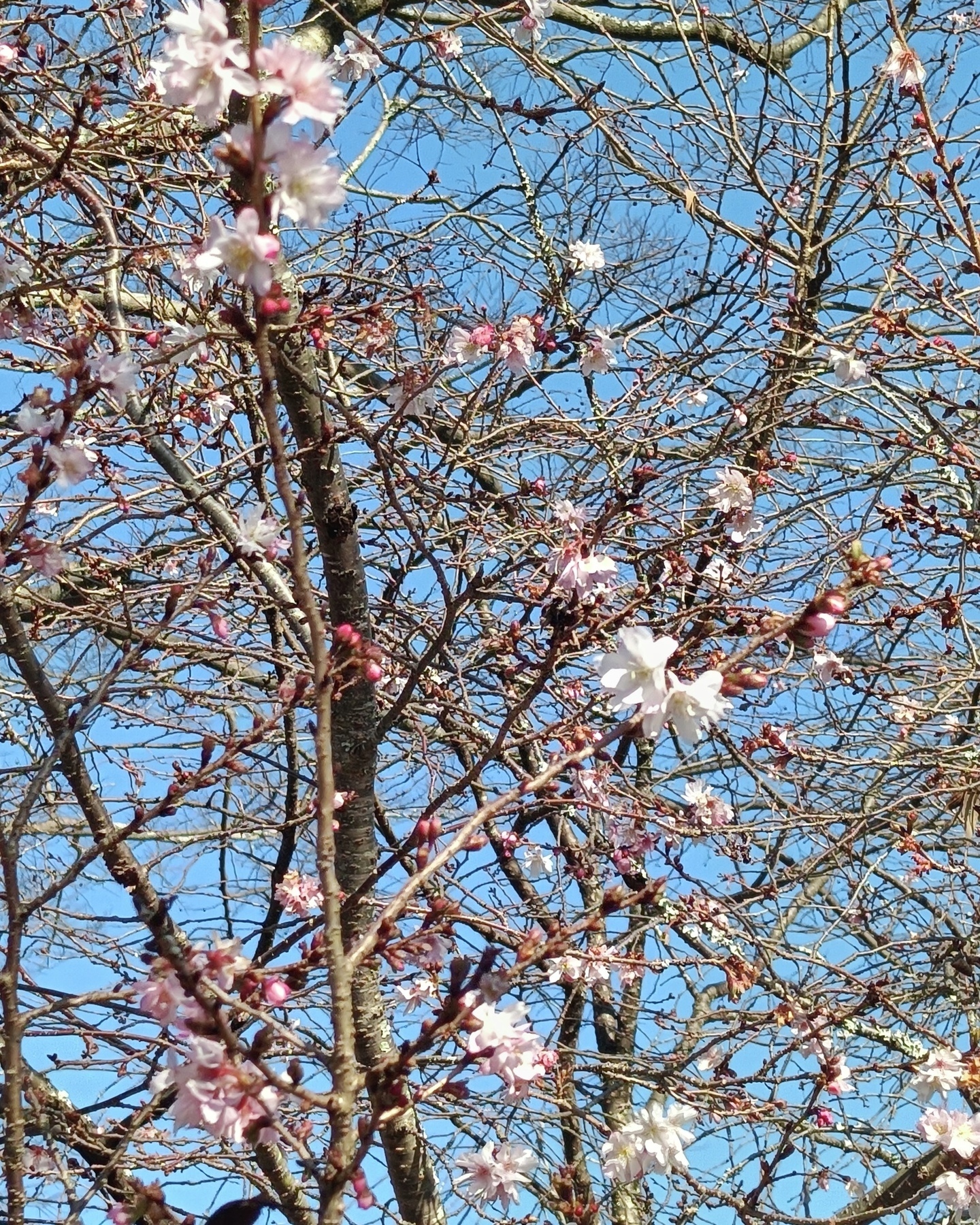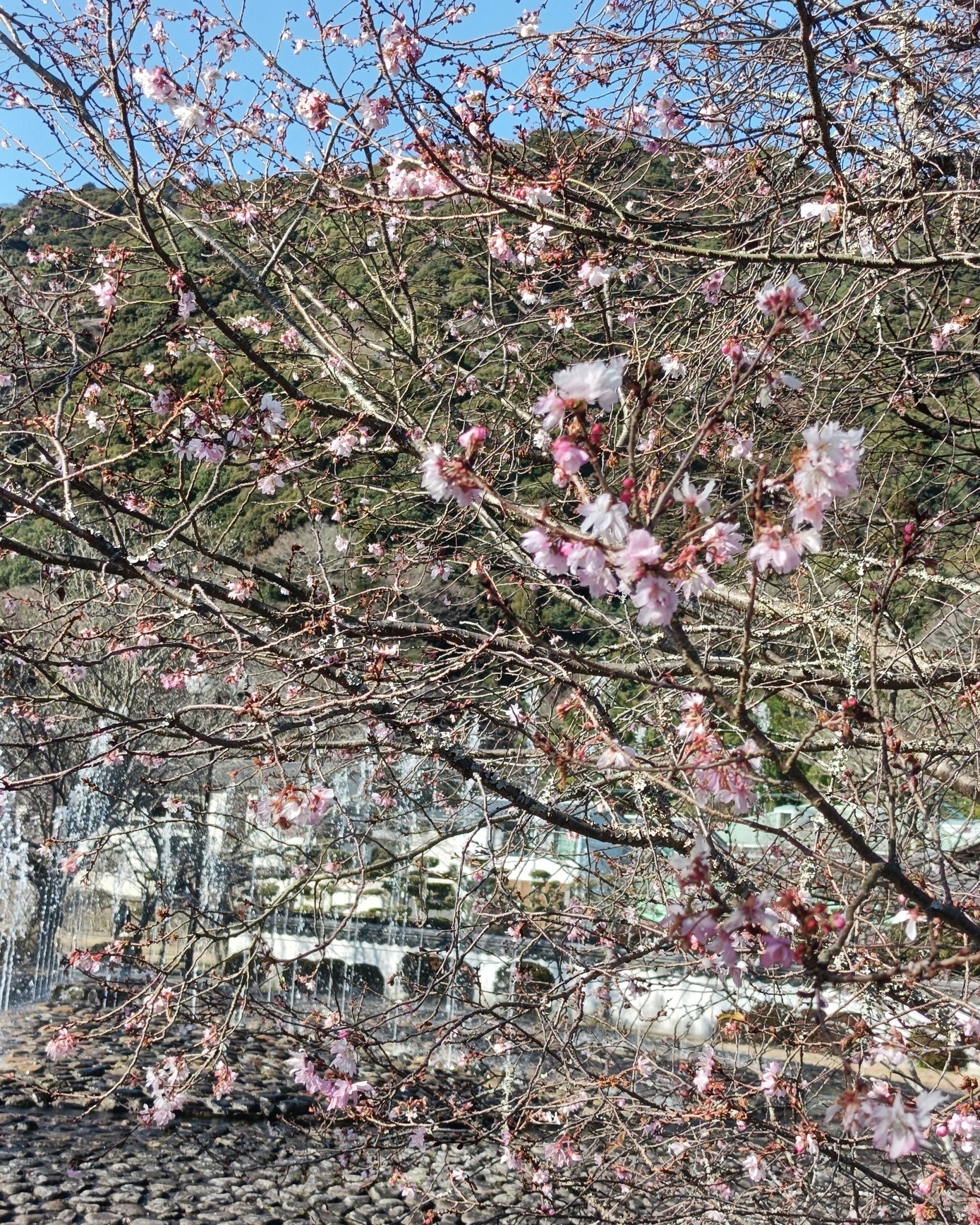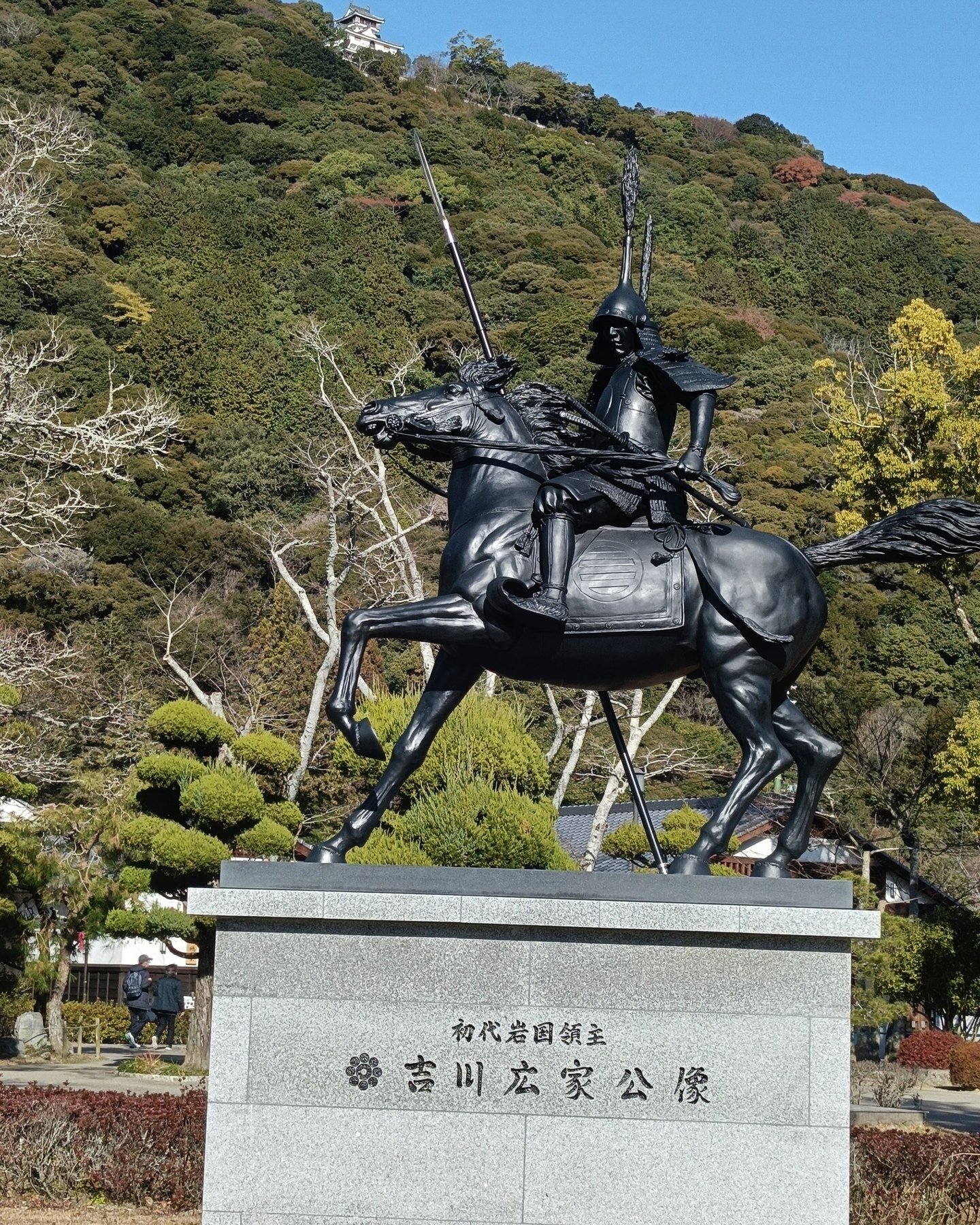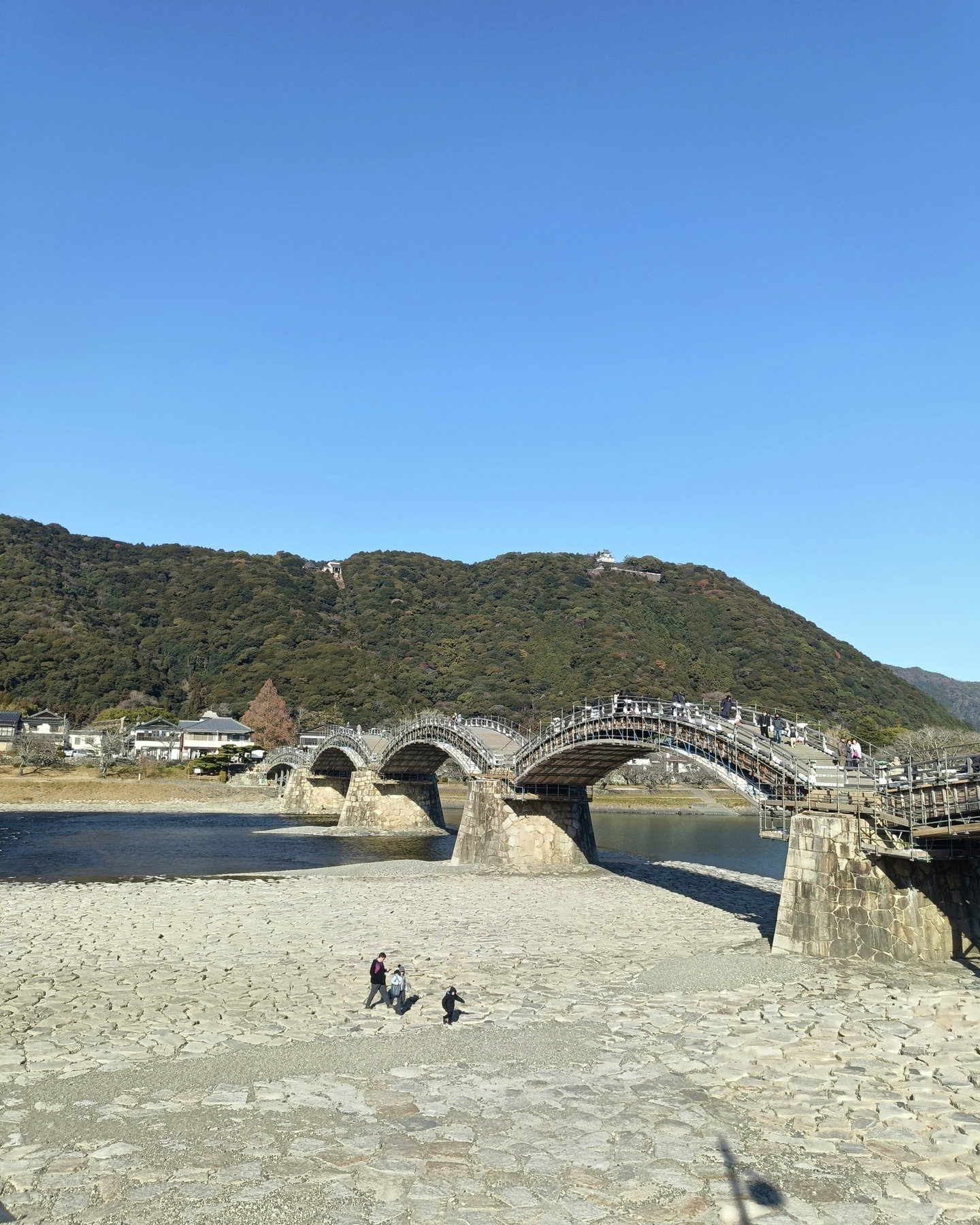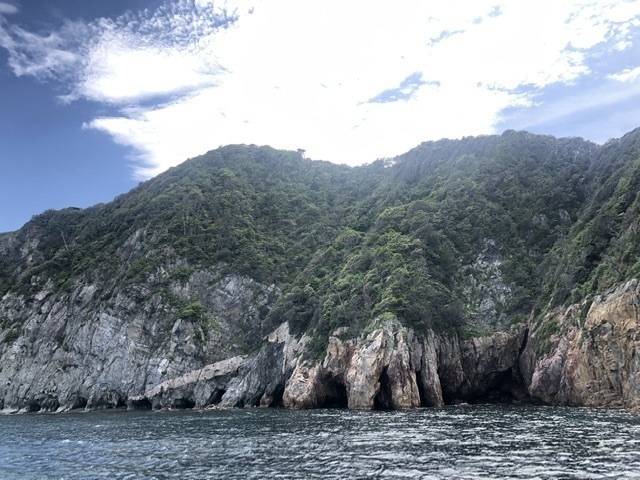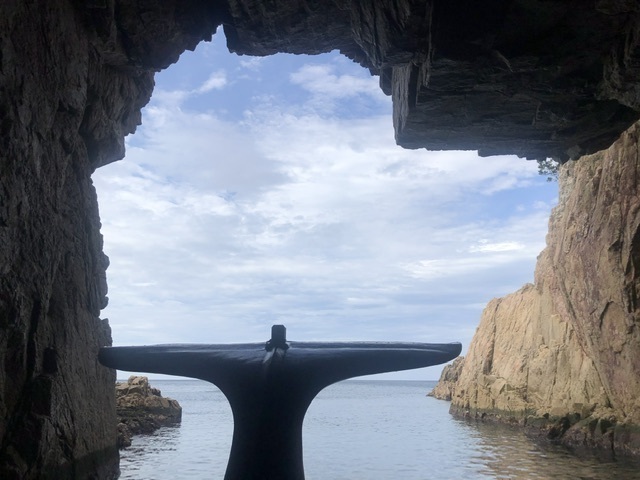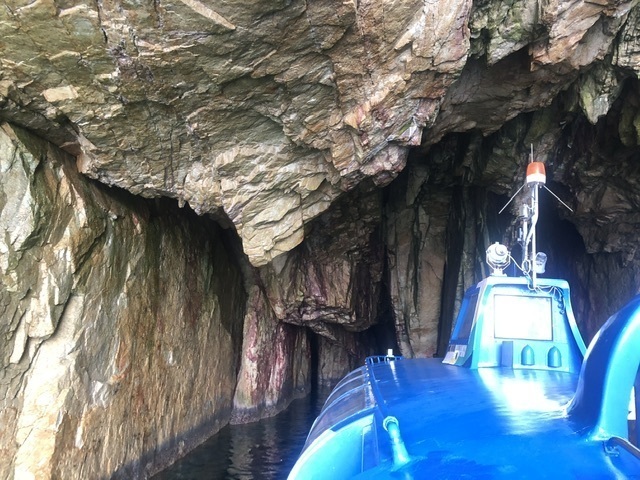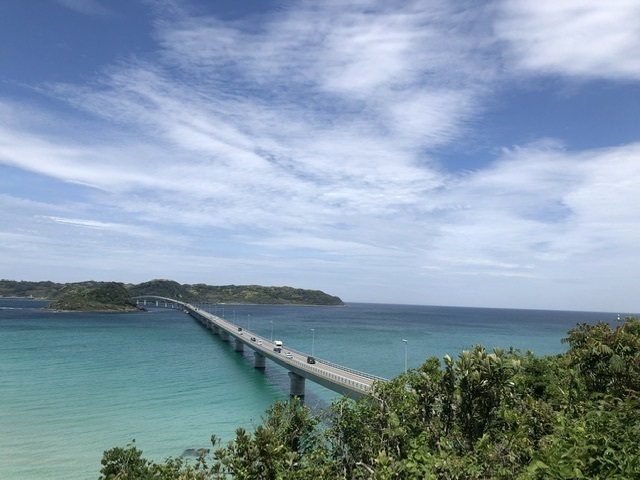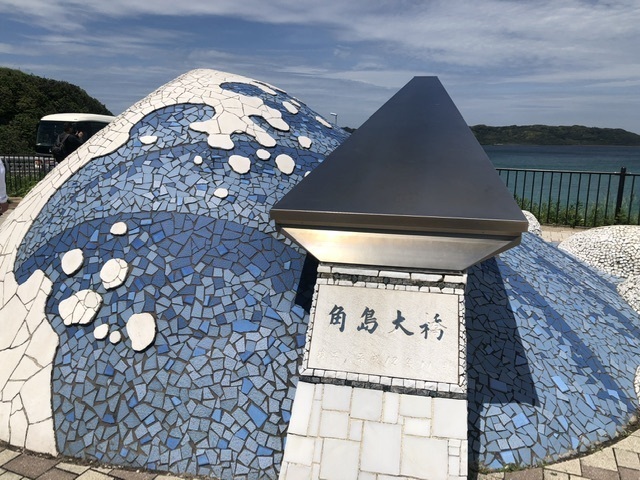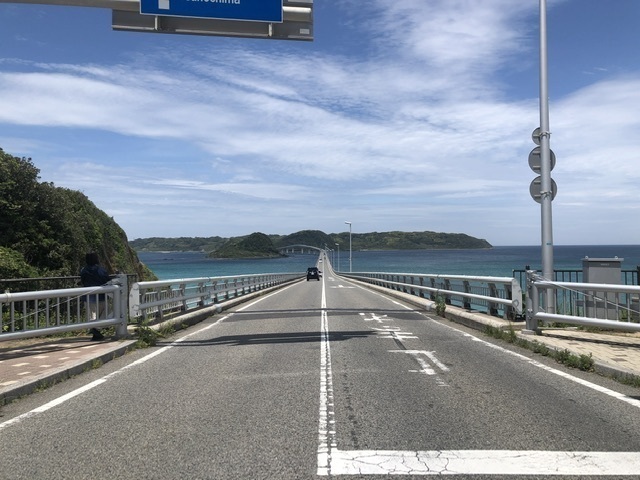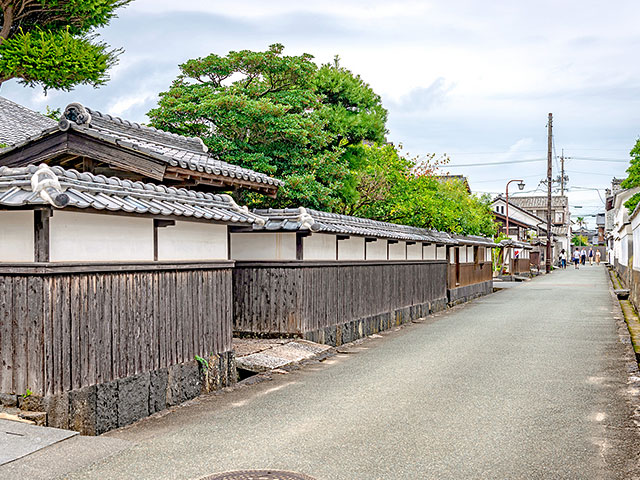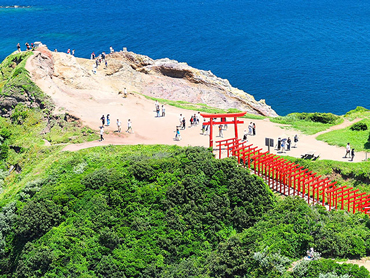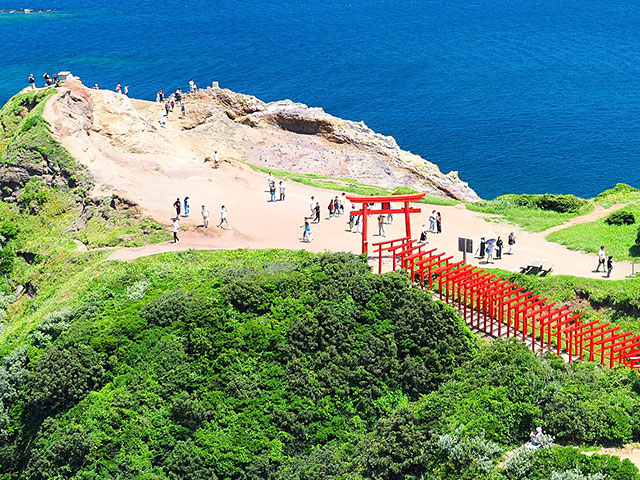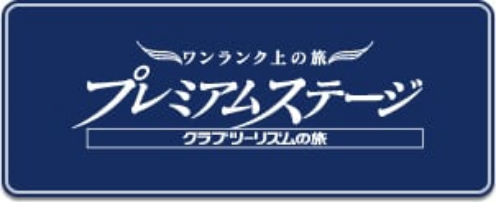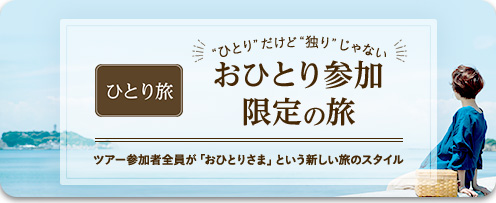[From Chugoku/ Shikoku] Yamaguchi Travel/Yamaguchi Tour
![[From Chugoku/ Shikoku] Yamaguchi Travel/Yamaguchi Tour](/ct/japan/todoufuken/chugoku/yamaguchi/image/pc_yamaguchi.jpg)
![[From Chugoku/ Shikoku] Yamaguchi Travel/Yamaguchi Tour](/ct/japan/todoufuken/chugoku/yamaguchi/image/sp_yamaguchi.jpg)
Popular Yamaguchi tours Each place of departure
人気の観光地・テーマから探す
Search by date and destination
Click on the date on the calendar
*Clicking a date on the calendar will change its color and select it.
To select a specific period, click the first and last dates.
transportation
Search by recommended spots
Akiyoshi Cave

Akiyoshi Cave (Image)
秋芳洞は山口県美祢市の東部に広がる、カルスト台地・秋吉台の地下100~200mにある鍾乳洞です。一般観光用には約1キロの観光路が公開されて、鍾乳洞としては日本最大規模を誇ります。国の特別天然記念物に指定され、入口の高さが20mメートル、幅は8メートルで、洞窟全体の長さは8,700メートルもあります。本洞と支洞との2つに分れているうち、支洞が観光洞として公開されており、本洞の奥は水没しています。秋芳洞の特徴として、洞窟らしく四季を通じて気温が上下せず、洞窟内の温度は17℃という暖かさが保たれています。冬は暖かく夏は涼しく、すべての季節で快適に過ごせます。
Real-time information on Yamaguchi
Yamaguchi Travel Related Features
Easy online travel consultation
Customer Co-Creation Activities
Latest Tours and Information
Club Tourism Travel Brand
Overseas Travel
Club Tourism Internet Membership Information
-
A wide range of services exclusively available to members
-
Search for trips anytime, anywhere!
-
Be the first to know about the best seasonal travel deals!

